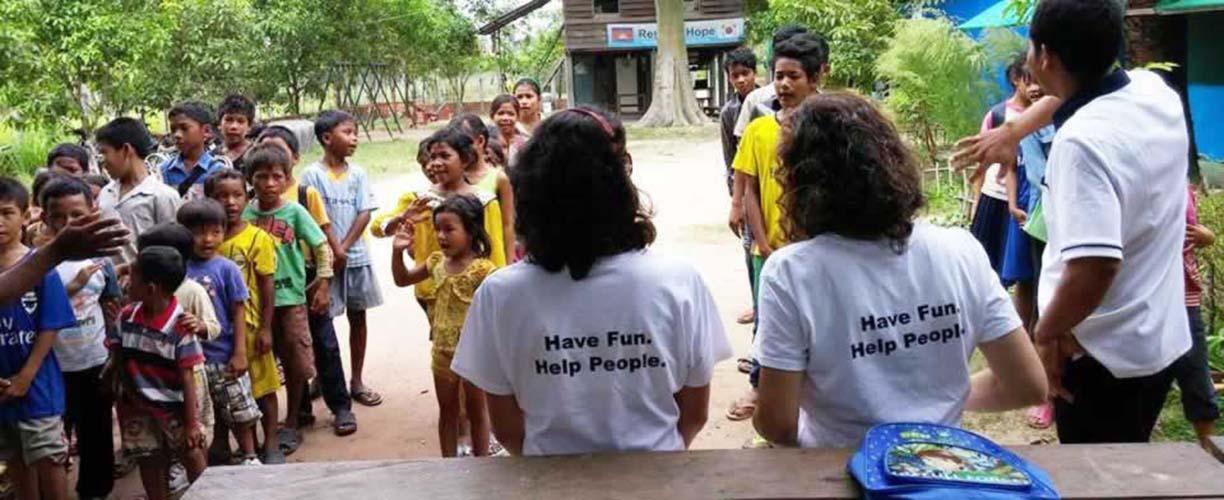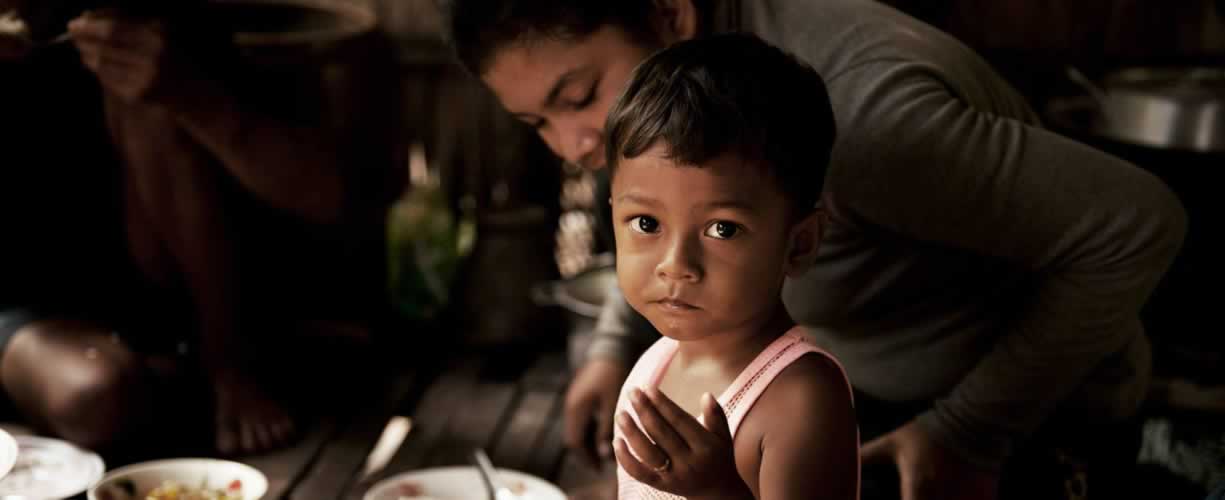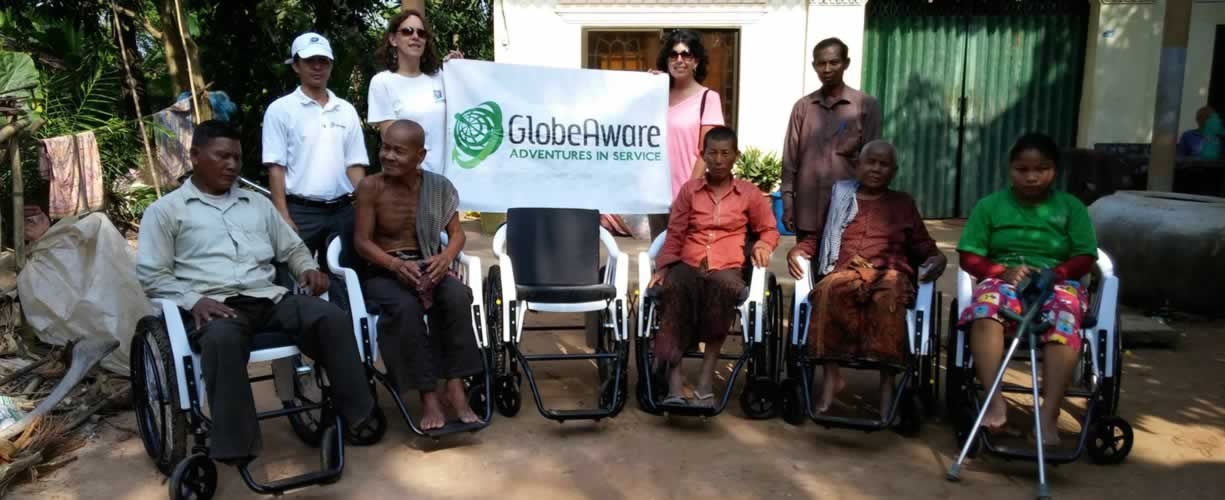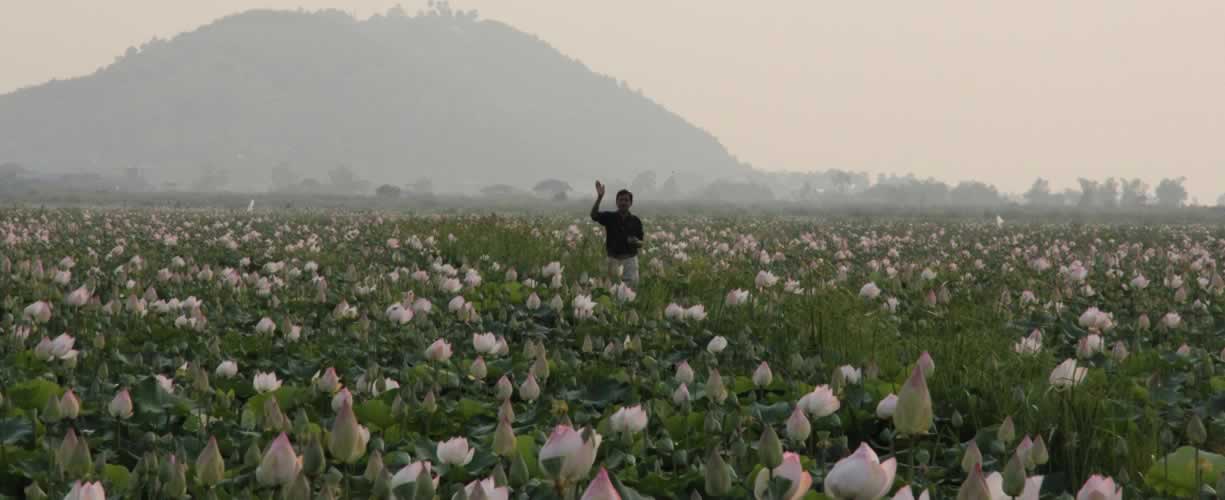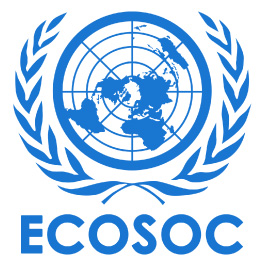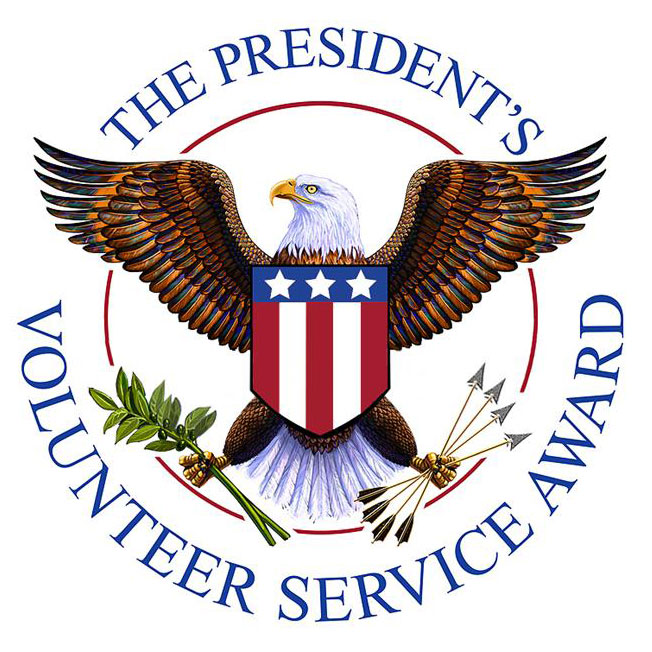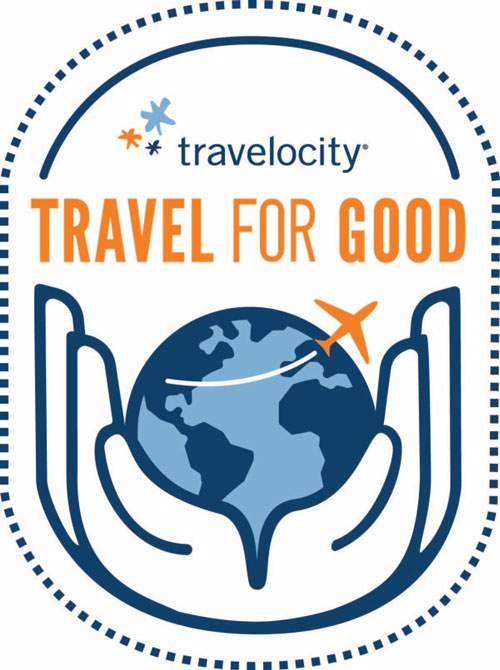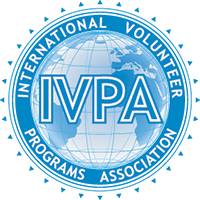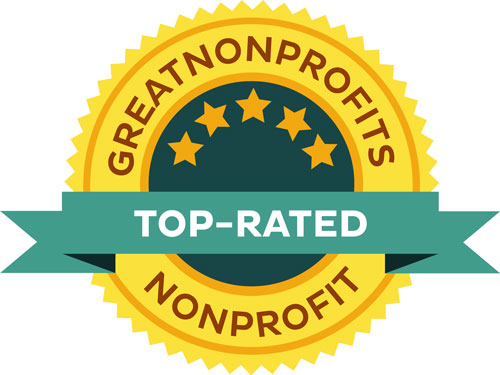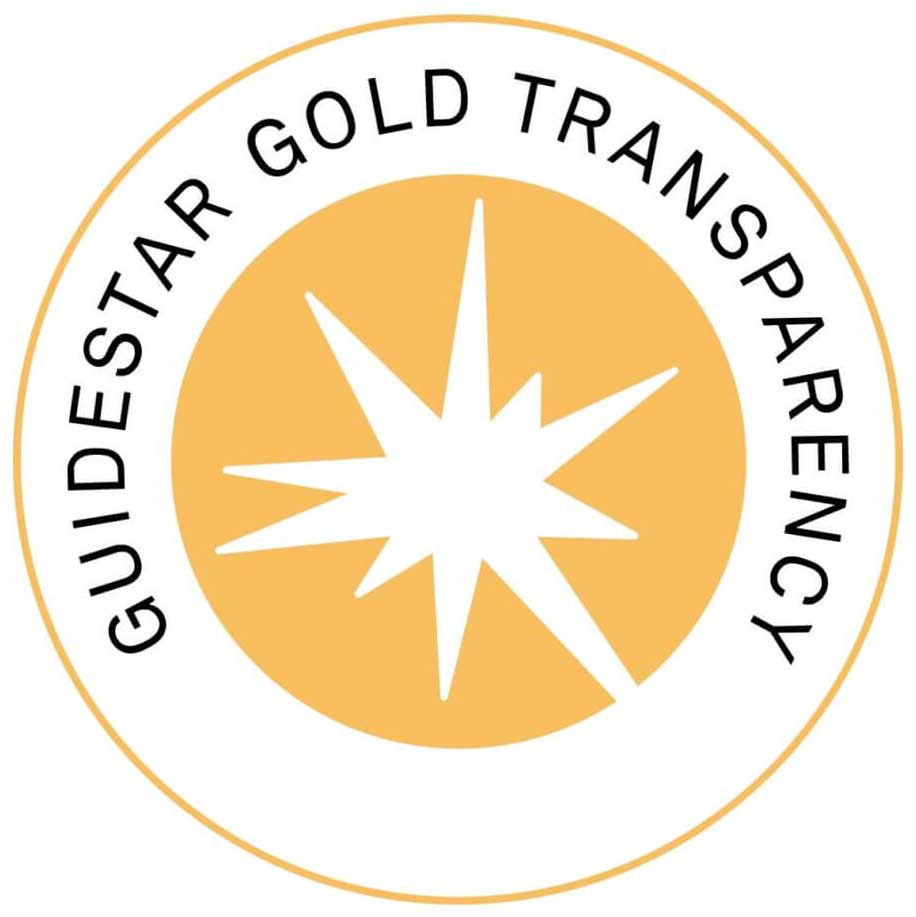Currency: Riel
Money
ATMs
There are now credit-card-compatible ATMs (Visa and MasterCard only) in most major cities including Phnom Penh, Siem Reap, Sihanoukville, Battambang and Kompong Cham. There are also ATMs at the Cham Yeam and Poipet borders if arriving from Thailand. Machines dispense US dollars. Large withdrawals of up to US$2000 are possible, providing your account can handle it. Stay alert when using them late at night. ANZ Royal Bank has the most extensive network, including ATMs at petrol stations and popular hotels, restaurants and shops, closely followed by Canadia Bank. Acleda Bank has the widest network of branches in the country, including all provincial capitals, and many have ATMs. However, these are not yet compatible with international credit cards, although rumours are that they will be upgraded soon.
Cash
The US dollar remains king in Cambodia. Armed with enough cash, you won't need to visit a bank at all because it is possible to change small amounts of dollars for riel at hotels, restaurants and markets. Hardened travellers argue that your trip ends up being slightly more expensive if you rely on US dollars rather than riel, but in reality there's very little in it. However, it never hurts to support the local currency against the greenback. It is always handy to have about US$10 worth of riel kicking around, as it is good for motos, remorque-motos and markets. Pay for something cheap in US dollars and the change comes in riel. In remote areas of the north and northeast, locals only deal in riel or small dollar denominations.
The only other currency that can be useful is Thai baht, mainly in the west of the country. Prices in towns such as Krong Koh Kong, Poipet and Sisophon are often quoted in baht, and even in Battambang it is as common as the dollar.
There are no banks at any of the land border crossings into Cambodia, meaning credit cards and travellers cheques are effectively useless on arrival, although there will likely be ATMs in Poipet in the near future. In the interests of making life as simple as possible, organise a supply of US dollars before arriving in Cambodia. Cash in other major currencies can be changed at banks or markets in Phnom Penh or Siem Reap. However, most banks tend to offer a miserable rate for any nondollar transaction so it can be better to use moneychangers, which are found in and around every major market.
Western Union and MoneyGram are both represented in Cambodia for fast, if more expensive, money transfers. Western Union is represented by SBC and Acleda Bank, and MoneyGram is represented by Canadia Bank.
Credit cards
Top-end hotels, airline offices and upmarket boutiques and restaurants generally accept most major credit cards (Visa, MasterCard, JCB, sometimes American Express), but they usually pass the charges straight on to the customer, meaning an extra 3% on the bill.
Cash advances on credit cards are available in Phnom Penh, Siem Reap, Sihanoukville, Kampot, Battambang and Kompong Cham. Canadia Bank and Union Commercial Bank offer free cash advances, but most other banks advertise a minimum charge of US$5.
Several travel agents and hotels in Phnom Penh and Siem Reap arrange cash advances for about 5% commission; this can be particularly useful if you get caught short at the weekend.
Costs
The cost of travelling in Cambodia covers the whole spectrum, from almost free to outrageously expensive, depending on taste and comfort. Penny- pinchers can survive on as little as US$10 per day, while budget travellers with an eye on enjoyment can live it up on US$25 a day. Midrange travellers can turn on the style with US$75 to US$100 a day, staying in smart places, dining well and travelling in comfort. At the top end, flash US$200 a day or more to live a life of luxury.
Accommodation starts from as little as US$2 to US$5 in popular destinations. Spending US$10 to US$20 will add to the amenities, such as air conditioning, satellite TV, fridge and hot water. Stepping up to US$50, you enter the world of three-star standards and charming boutique resorts. Forking out US$100 or more brings a five-star fling. Don't be afraid to negotiate for a discount if it is low season or traffic is down.
While Cambodian cuisine may not be as well known as that of its neighbours Thailand and Vietnam, it can certainly compete with the best of them. Snack on the street or chow down in the market, with meals starting at just 1000r or so, or indulge in a banquet for a couple of bucks. Khmer restaurants are a step up in comfort, and a local meal will cost US$1 to US$2. Next are the sophisticated Khmer, Asian and international restaurants. Meals start from about US$3 at the cheaper places, rising to more like US$10 at the smarter ones, and US$50 or more is possible if you go wild with the wine list.
Domestic flights link Phnom Penh to Siem Reap. Fast boats link several popular destinations in Cambodia and the journey can be more scenic than by road. There is now a healthy selection of bus companies connecting towns and cities throughout Cambodia and prices are rock bottom. On the rougher roads, share taxis and pick-ups take the strain. Train travel is no longer possible, as passenger services have been suspended, but that could be seen as a blessing in disguise given that trains crawl along at an average speed of 20km/h. For ultimate flexibility, rent a car or 4WD and travel with a guide.
Visitors to Angkor (which is surely everybody coming to Cambodia) will have to factor in the cost of entrance fees, which are US$20 for one day, US$40 for three days and US$60 for one week. An additional expense is transport to get to, from and around the ruins; from US$2 for a bicycle, US$6 to US$8 for a moto (small motorcycle with driver), US$10 to US$15 for a remorque (trailer pulled by a bicycle or motorcycle) and US$25 to US$35 for a car.
Small budget, big budget, it doesn't really matter; Cambodia is the place to be. Soak it up in the style that suits.
Tipping
Tipping is not traditionally expected here, but in a country as poor as Cambodia, tips can go a long way. Salaries remain extremely low and service is often superb thanks to a Khmer commitment to hospitality. Hence a tip of just US$1 might be half a day's wages for some. Many of the upmarket hotels levy a 10% service charge, but this doesn't always make it to the staff. If you stay a couple of nights in the same hotel, try to remember to tip the staff that clean your room. Consider tipping drivers and guides, as the time they spend on the road means time away from home and family.
It is considered proper to make a small monetary donation at the end of a visit to a wat, especially if a monk has shown you around; most wats have contribution boxes for this purpose.
Copyright 2010 Lonely Planet Publications , all rights reserved, used with permission
